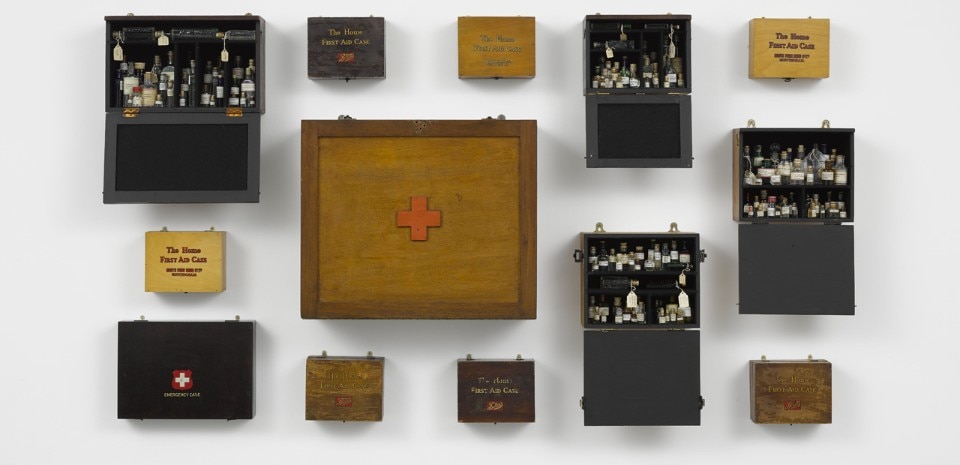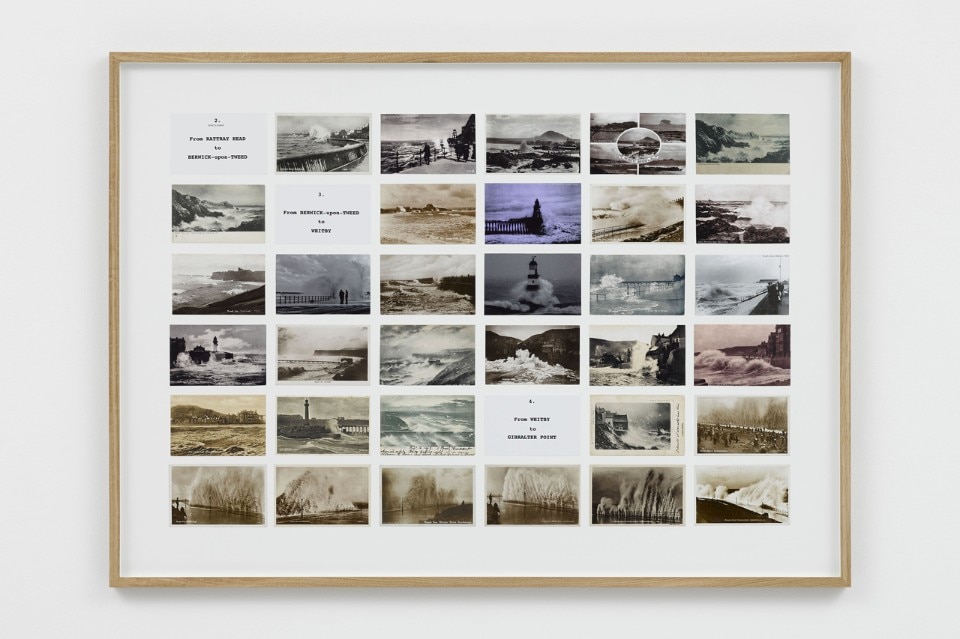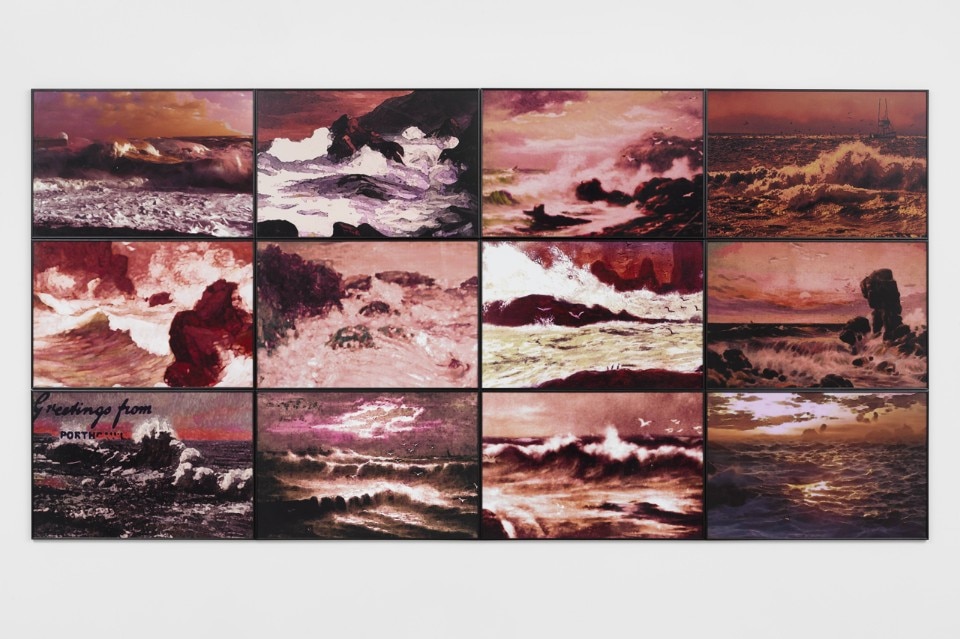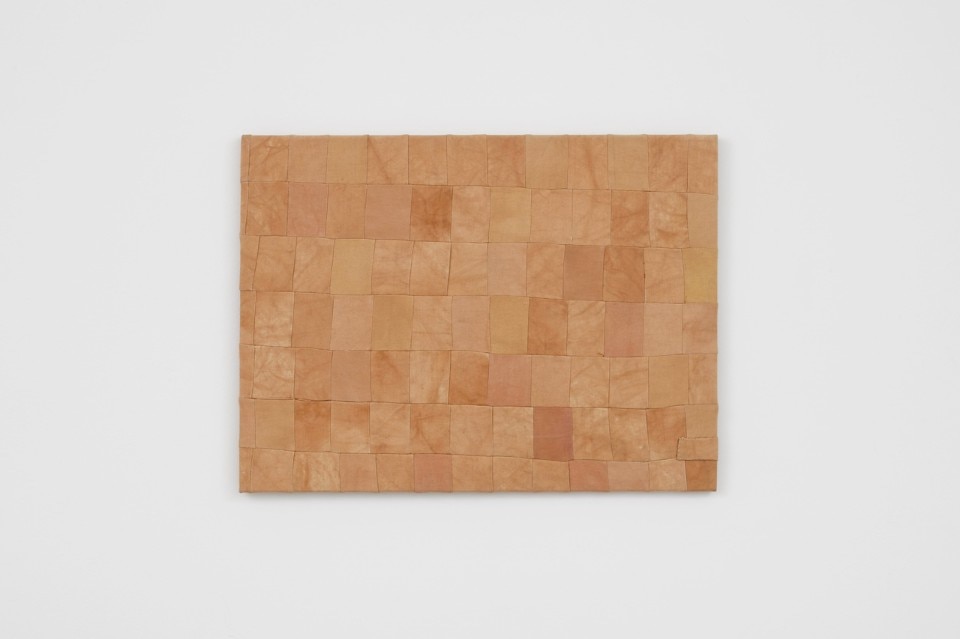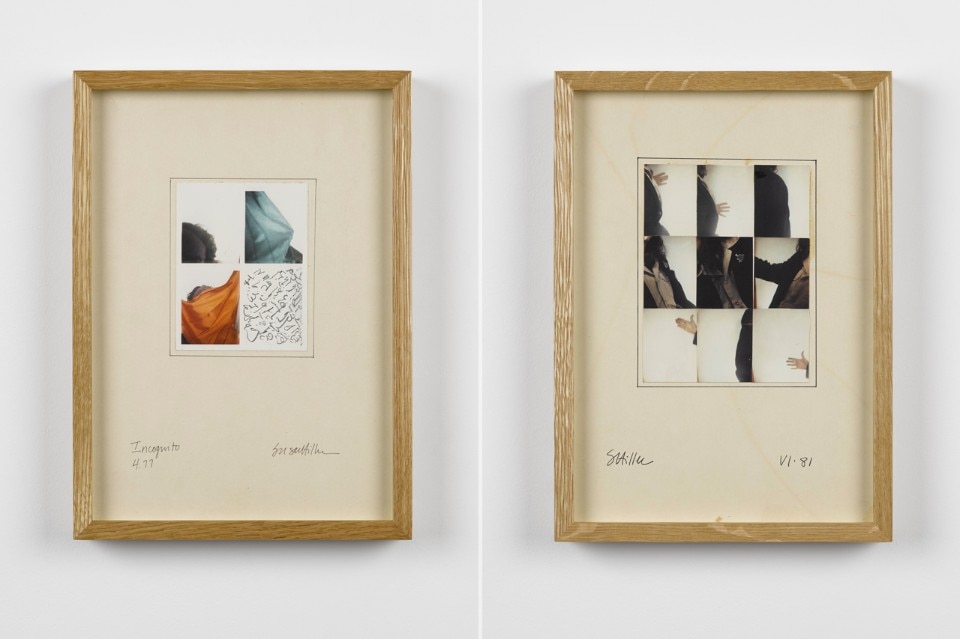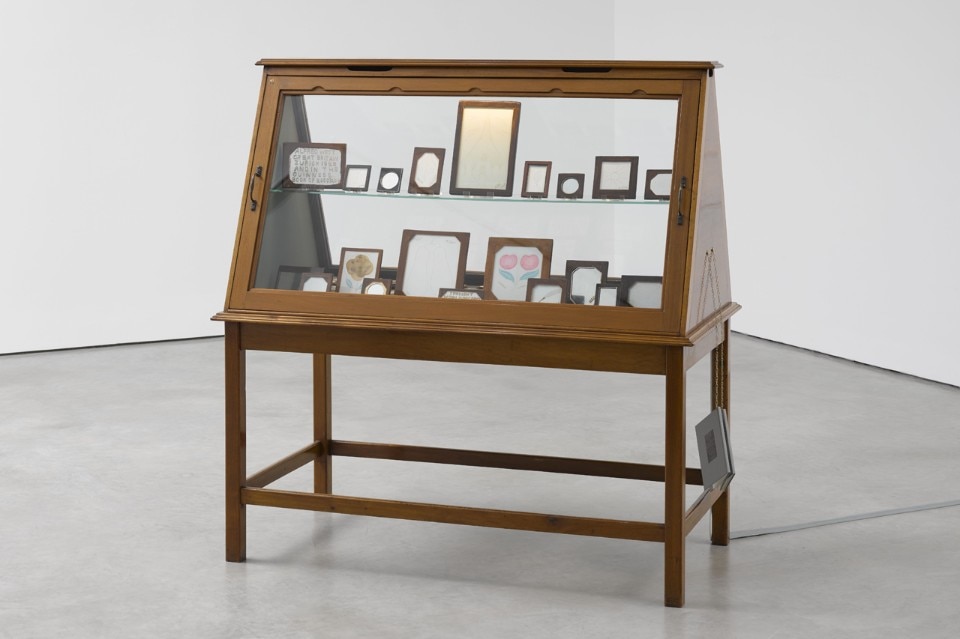Her strategies and methodologies involve the examination of real and imagined phenomena, probing the unseen and the unheard in order to create art that evokes absences, memories and ghosts. Hiller has described her work as “a kind of archaeological investigation, uncovering something to make a different kind of sense of it” and “concentrating on what is unspoken, unacknowledged, unexplained and overlooked.”
Her art has repeatedly been groundbreaking in its diversity of materials and forms, combining an astonishing range of media in works that join sight with sound, primitive desires with sophisticated technology and art with popular culture.
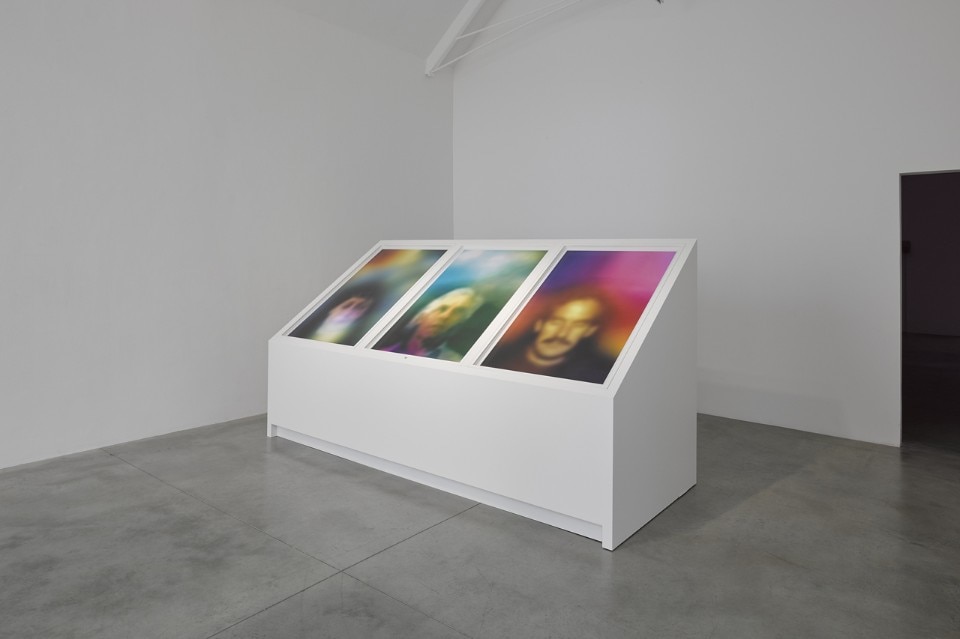

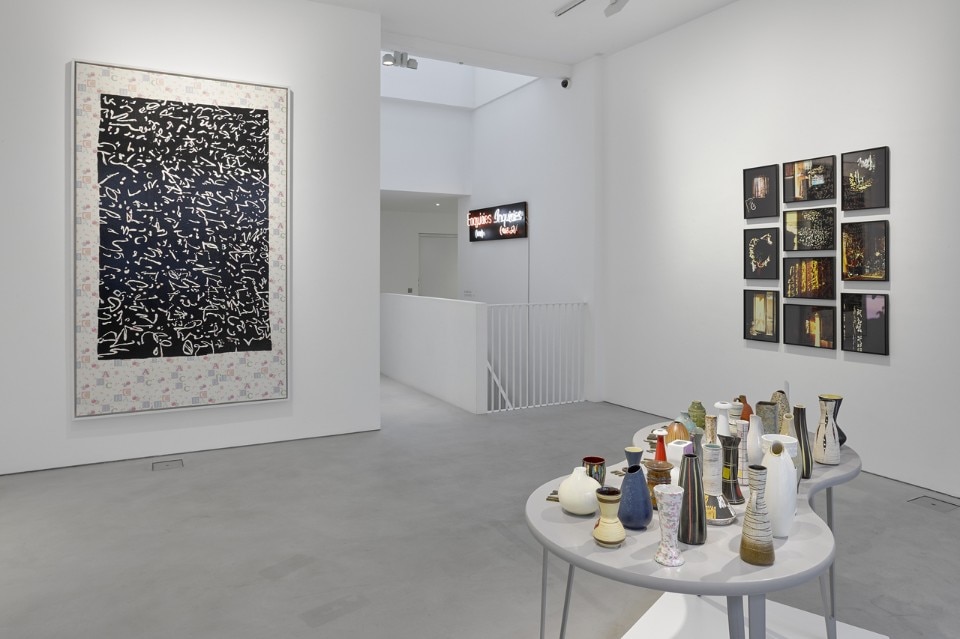
Hiller’s investigation into belief and the unconscious is continued in works that celebrate other artists. Emergency Case: Homage to Joseph Beuys (1969–2011) presents first-aid cabinets containing miniature phials filled with water taken from holy wells and streams, referencing both Beuys’s ability to endow ordinary materials with sacred values and persistent popular myths. Homage to Marcel Duchamp: Auras Triptych (2011) takes shape as an altar illuminated by photographic ‘aura’ portraits of three ordinary people, replacing the traditional icons of saints with halos. In Homage to Gertrude Stein (2011), Hiller stuffs an Art Deco writing desk with books on automatic writing and related subjects, displaying the celebrated author’s rejected interest in automatism and related subjects.
The transformation of materials, auratic visions and the homages to works by others come together in Hiller’s most recent multi-panelled work On the Edge (2015). Taking as its starting point her seminal work Dedicated to the Unknown Artists (1972-1976), On the Edge presents 482 views of 219 locations on the edges of Britain, where the rough sea meets the land, as represented by anonymous photographers and artists in postcards collected and appreciated by Hiller over many years. These images are tiny echoes of the grand tradition of the sublime, collected on holidays; they are cracks in the polite surface of everyday life, hints of desires for wildness and fantasy, aspects which Hiller emphasizes in her large re-imaginings of these postcard images in works such as Towards an Autobiography of Night (1983) and Rough Dawns II (2015).
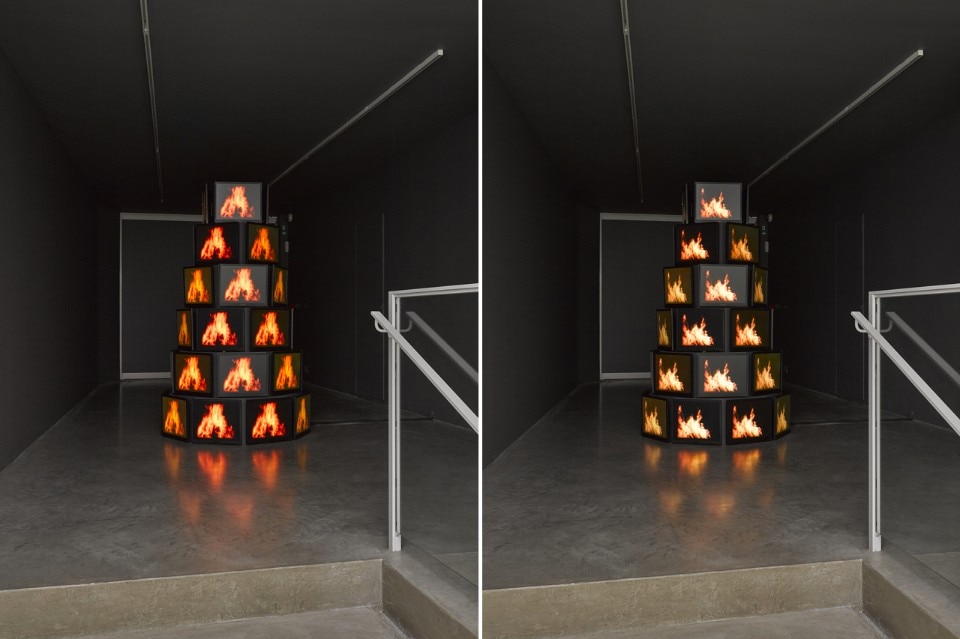
until January 9, 2016
Susan Hiller
Lisson Gallery
27 & 52 Bell Street, London


